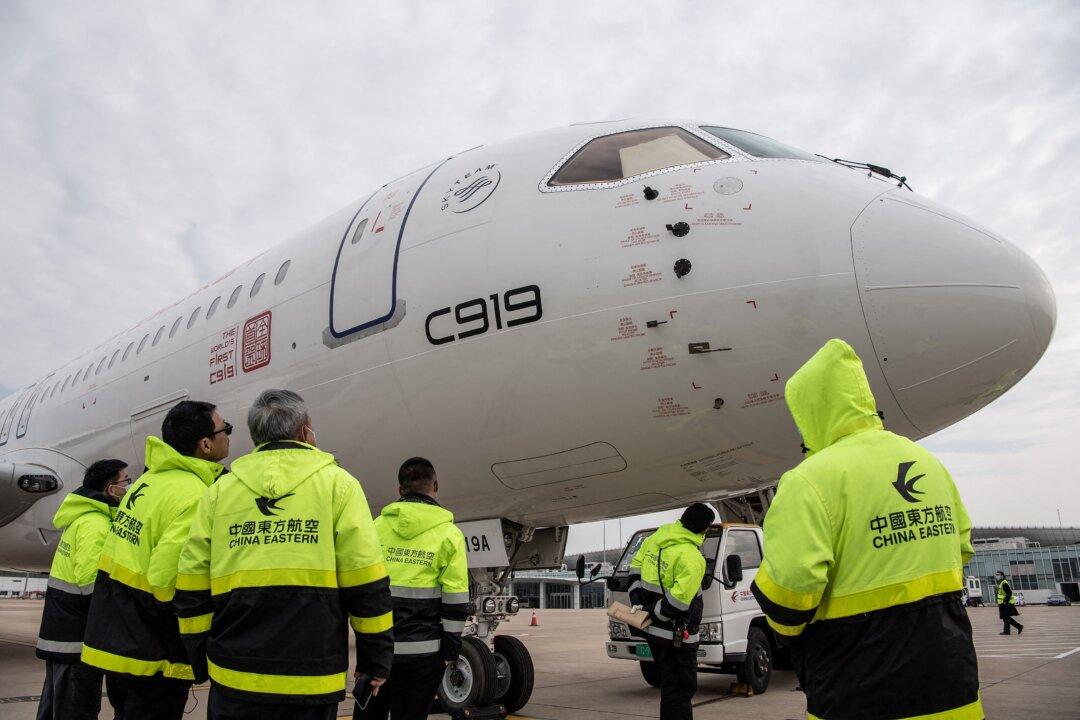Commentary

A Korean KF-21 fighter aircraft model on display at the Singapore Airshow, held at the Changi Exhibition Centre in Singapore, on Feb. 15, 2022. Lauryn Ishak/Bloomberg via Getty Images
Richard A. Bitzinger is an independent international security analyst. He was previously a senior fellow with the Military Transformations Program at the S. Rajaratnam School of International Studies (RSIS) in Singapore, and he has held jobs in the U.S. government and at various think tanks. His research focuses on security and defense issues relating to the Asia-Pacific region, including the rise of China as a military power, and military modernization and arms proliferation in the region.
Author’s Selected Articles




